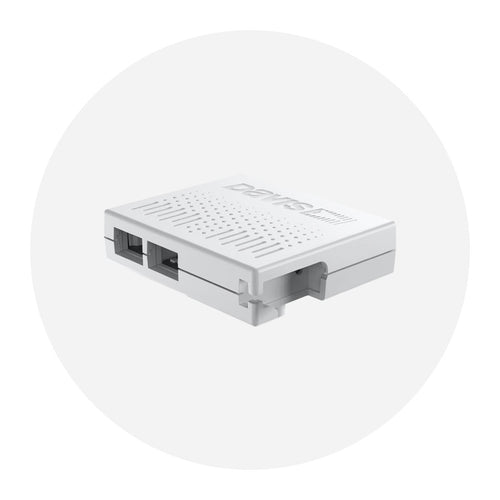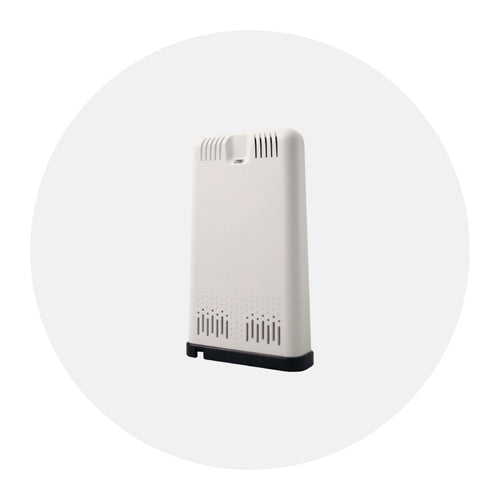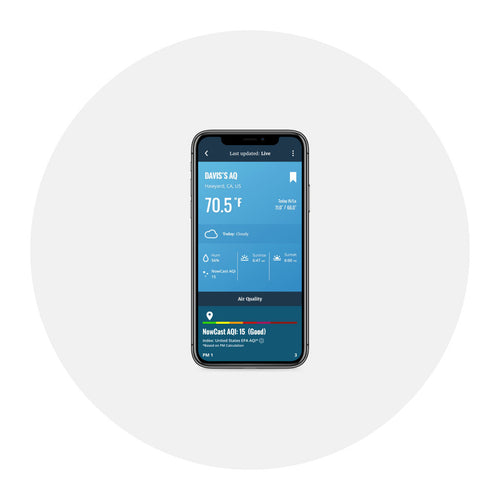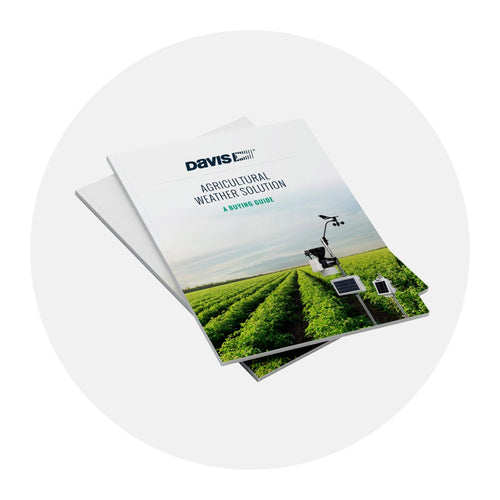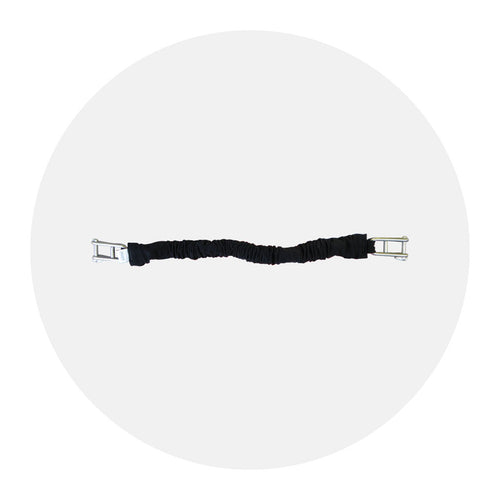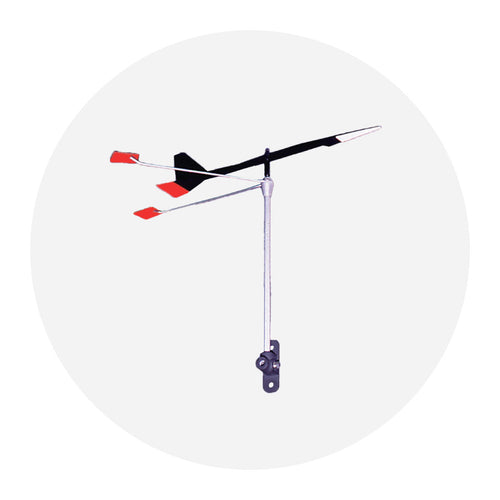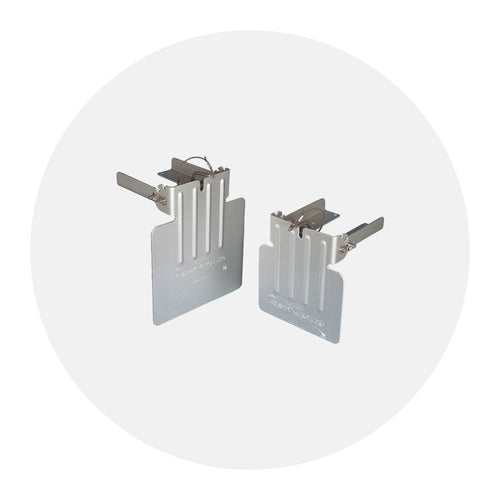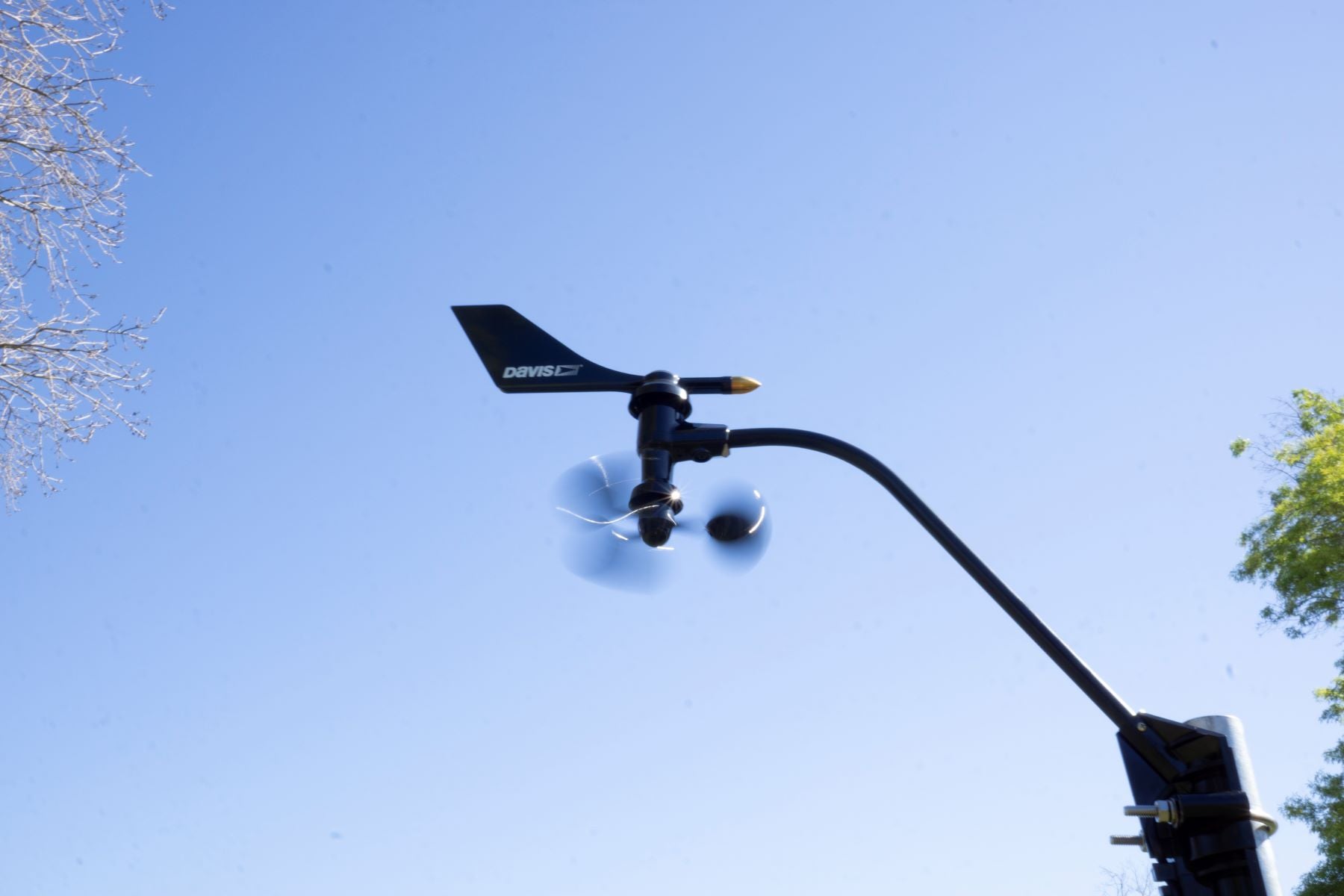
Davis Tech Tips: Testing Your Anemometer
Wind speed is challenging for us to judge because our human senses are not good at relating the wind in our faces to a numeric value. That’s why it’s so important to have a weather station with an anemometer you can trust.
Ever find yourself looking at your Davis console and the wind speed reading seems just a tad low. Sure, it’s registering, but “Shouldn’t it be higher?” you ask yourself.
Rest assured, you’re not alone. One of the most common questions for us here in the Davis technical support department is, “Is my Anemometer working correctly?”
Most of the time, the answer is that the device is just fine, but here are a couple of simple tests you can do to make sure your anemometer is in working order. No special tools are required, but you are going to need to get up close and personal with the device. For a lot of you, that means you’re going to be up a ladder, so please be very, very careful as you carry out either test.
Test #1: the slow spin test

This test is best conducted when there is little to no wind.
With only one finger, try to slowly turn the wind cups. They should turn so smoothly that it is hard to keep your finger in contact with the cups. They should bounce away easily. If you can easily keep your finger in contact, then the bearings may be worn out.
Keep turning the cups around a few more times and see if there are any sticking spots or, even worse, a gravely feel. Keep going even if you feel something. Try to see if the sticky spots appear to move around. This can indicate the bearings are actually broken! If your wind cups spin properly at first and then stop suddenly only to begin moving again a few seconds later, that’s another telltale sign of worn bearings.
Test #2: the fast spin test
This test is best conducted with wind consistently spinning the cups of your anemometer.
We need the cups to spin fast, so if the wind is not cooperating, then feel free to give them a whack with your hand. Watch the cups spin from the side. They should appear to spin near perfectly level. If they appear to wobble as they spin, then you have a bent anemometer shaft.
What if my anemometer fails either test?!
Not to worry, Davis has you covered.
If your anemometer was built after spring 2013, you’re in luck because your device uses replaceable bearings. All you need to do is click the appropriate replacement bearing cartridge link below to place an order through DavisInstruments.com.
Replacing the bearings only requires a Phillips head screwdriver and, likely, a ladder (again, be very careful!).
If your Anemometer is older than 2013 then you will need to replace it. Call the Davis Technical Support department and we can go over your options.
In the face of escalating environmental risks, AEM is the essential source for insights on weather, climate, lightning, floods, wildfires, water management, and more.
Learn more about AEM and all of our solutions here.







